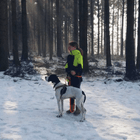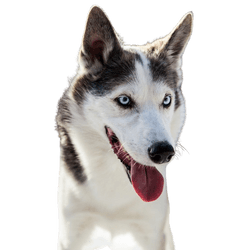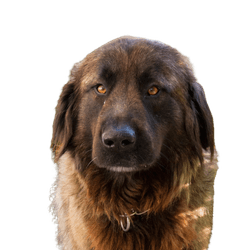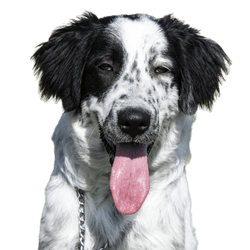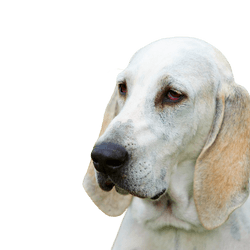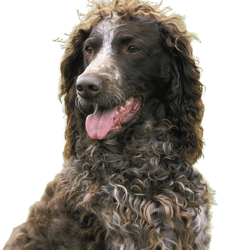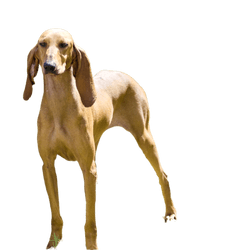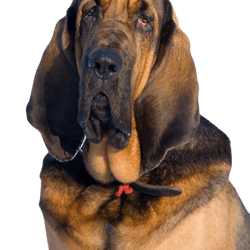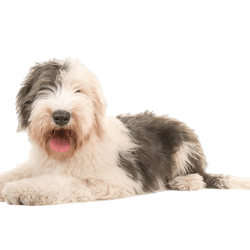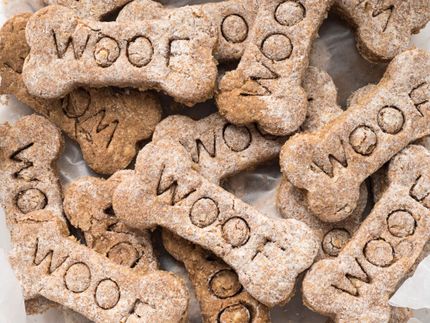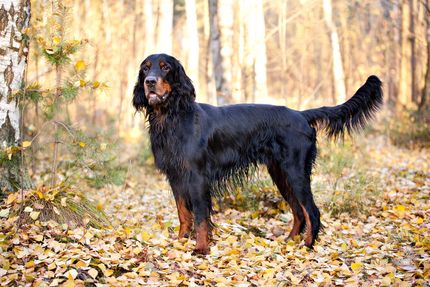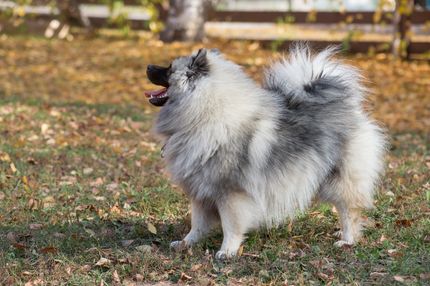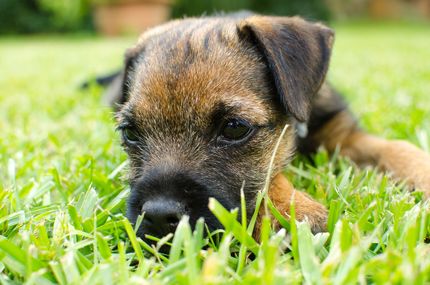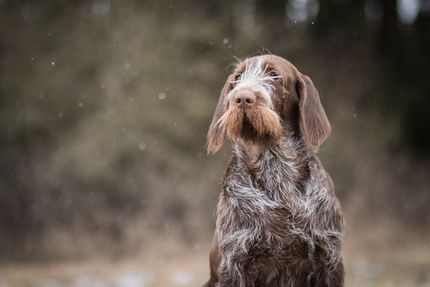Facts & Origin
Is the Louisiana Catahoula Leopard Dog a real breed?
The Louisiana Catahoula Leopard Dog originates from the USA and is a dog breed that is not recognized by the FCI. Nevertheless, the breed is officially recognized by the UKC and is registered in the Foundation Stock Service of the AKC, which serves as preparation for potential recognition. Since 1979, this breed has held the title of official State Dog of the State of Louisiana.
History and origin
Little is known about the origins of the Louisiana Catahoula Leopard Dog. One theory assumes that Native Americans crossed their dogs with the so-called "war dogs" of the Spanish - including Molossers and Greyhounds, which were brought to America in the 16th century under Hernando de Soto. Another theory suggests that the breed originated from the crossbreeding of Beaucerons, which were brought to North America by French settlers in the 19th century, with the dogs of the indigenous population. The assumption that these dogs could be descended from red wolves has since been refuted by DNA tests.
Meaning of the name
The term "Catahoula" comes from the Choctaw language, but its exact meaning remains uncertain. It could be a combination of the words "okhata" (lake) and "hullo" (beloved, sacred), or it could be a French variation of the Choctaw name "Couthaougoula".
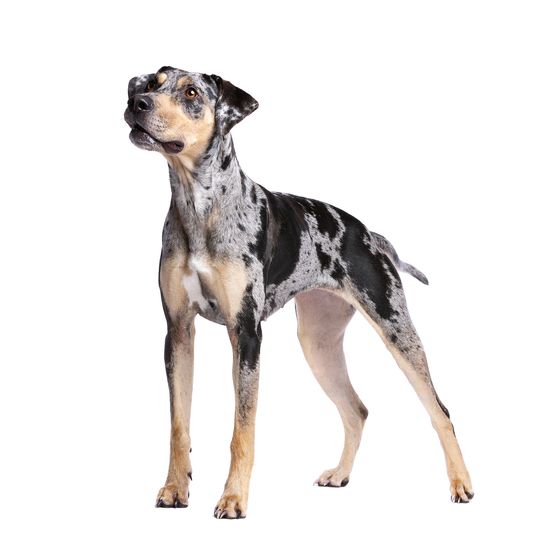

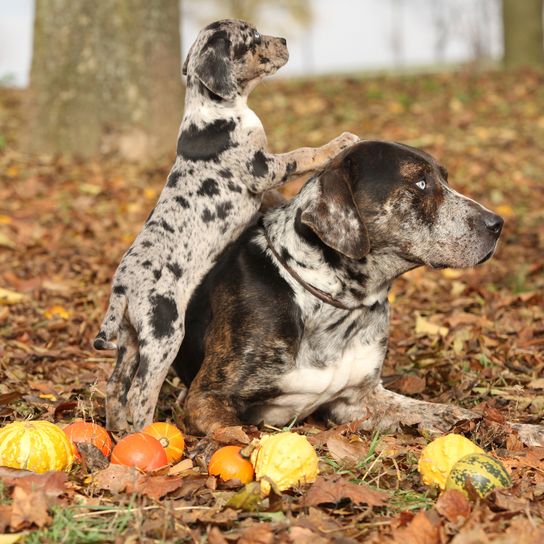
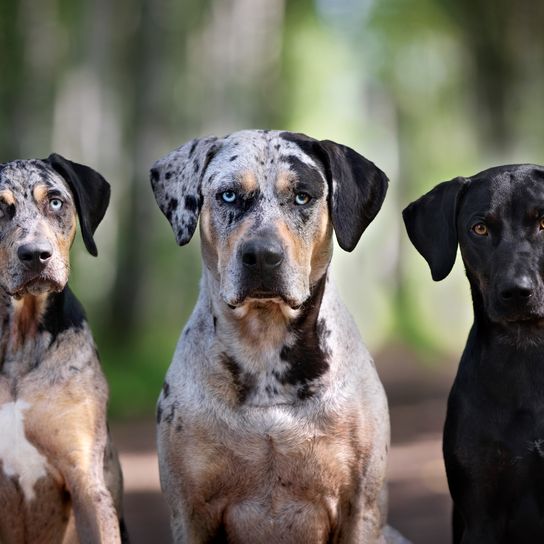
| Alternate Name | Catahoula Leopard Dog, Catahoula Cur |
| Origin | - |
| Life expectancy | 9 - 11 years |
| Care requirements | low-maintenance |
| Activity level | average to high |
| FCI group | not recognised |
| AKC group | Foundation Stock Service |
| KC group | not recognised |
Louisiana Catahoula Leopard Dog mixes
Attitude, character and temperament of the breed
Typical character traits
The character of the Catahoula can vary greatly: While he is serious and focused at work, he is often playful and silly at home, and his energy level can vary from dog to dog. It is common for this breed to appear rather aloof to strangers, which is often reflected in their less lively demeanor at shows and more reserved behavior when being evaluated by judges. A Catahoula should neither be overly aggressive nor particularly shy. Due to their independence as well as their pronounced protective and territorial behavior, clear and consistent leadership is important so that they understand their place in the family. Nevertheless, Catahoulas are loyal, gentle and loving family companions.
Character
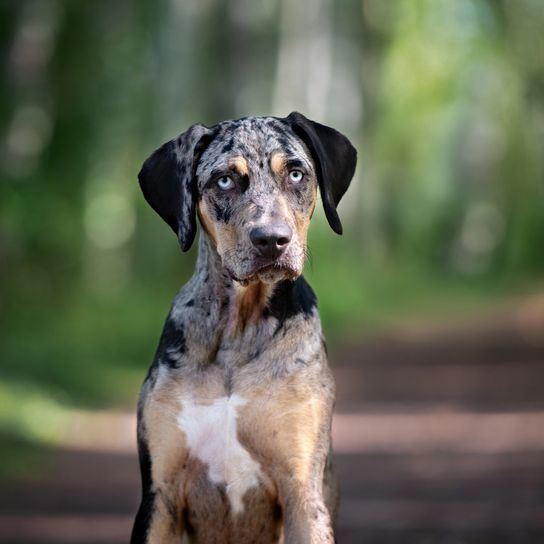
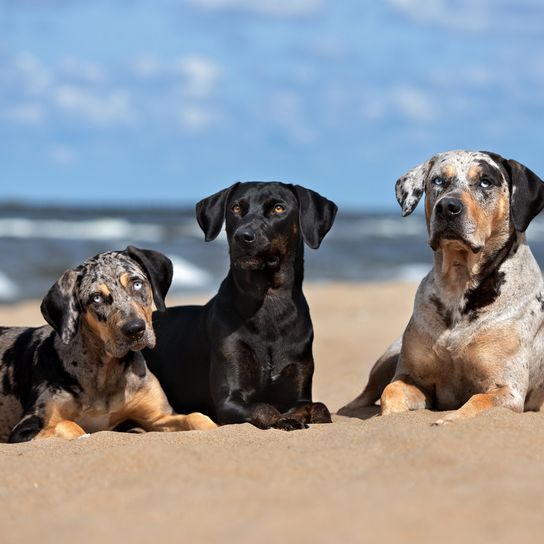
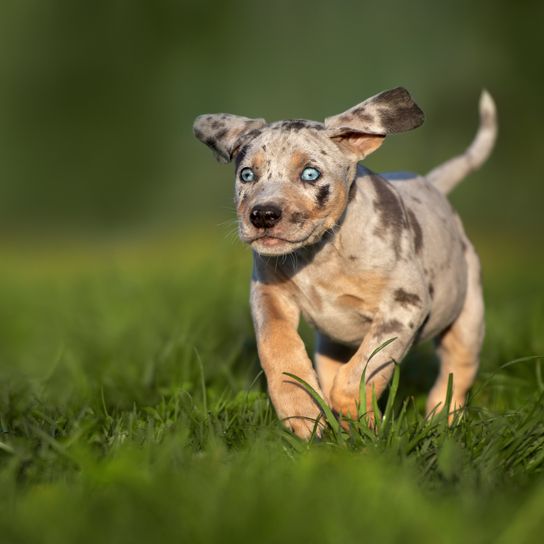
Health and breeding information
Diseases and health problems
The Catahoula Leopard Dog can occasionally develop health problems such as hip dysplasia, hearing loss or eye disease. Although some dogs do encounter such challenges in the course of their lives, the majority of this breed remain healthy and vital. Anyone interested in purchasing a Catahoula Leopard Dog can be fully informed about potential breed-specific health risks by consulting a responsible breeder. Careful breeders carry out genetic tests on their breeding stock to minimize the risk of offspring being affected by diseases and thus promote a healthy next generation.

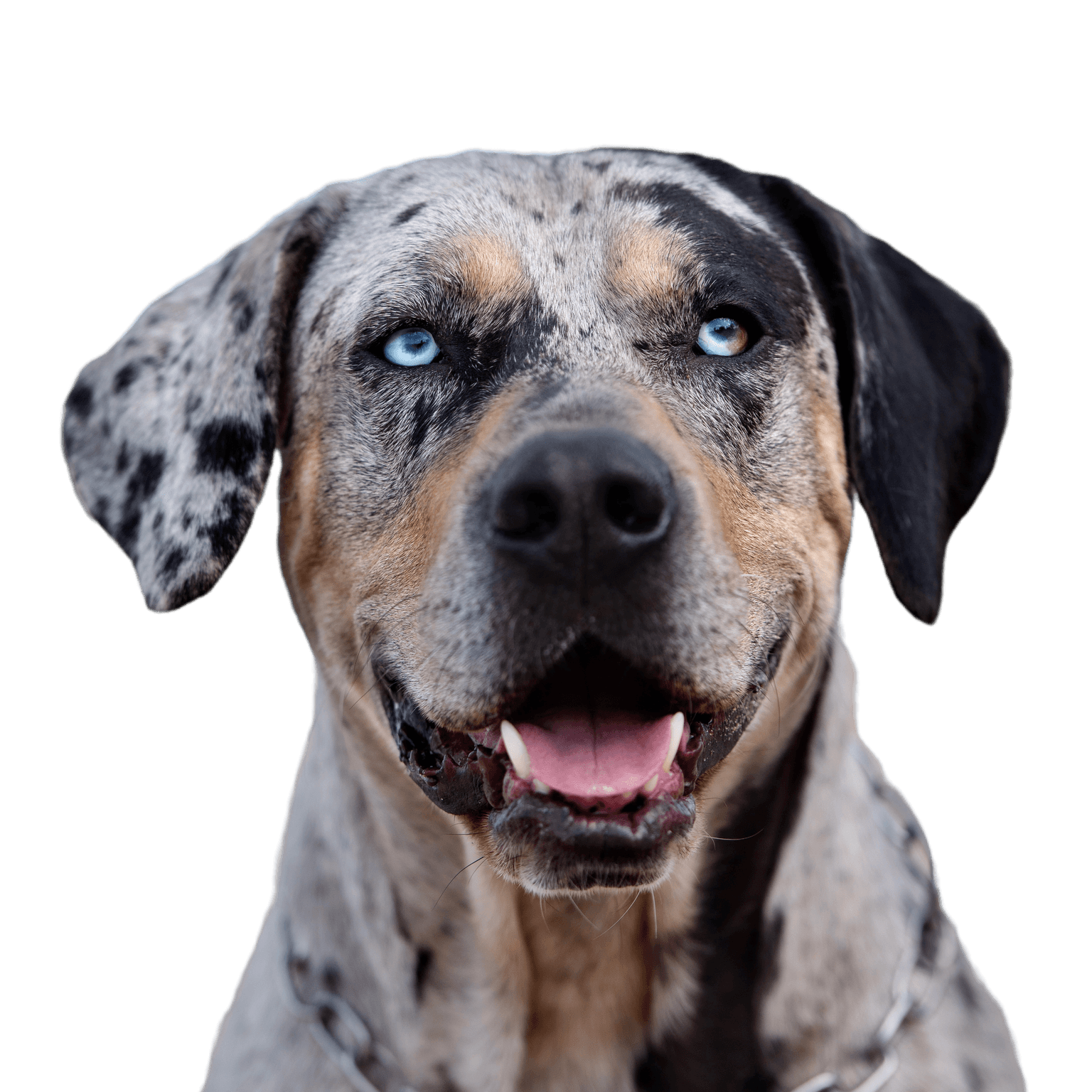
What does a Catahoula Leopard Dog look like?
The Louisiana Catahoula Leopard Dog is a medium-sized, strong dog that belongs to the Cur type. Males can reach a shoulder height of up to 66 cm and a maximum weight of 43 kg, while females remain somewhat smaller and grow up to 61 cm. The short, close-fitting coat of this breed gives it a well-groomed appearance.
What colors are allowed?
According to the UKC breed standard, many basic colors are permitted as long as they are not white. There are different color variations:
- Solid: solid color
- Leopard: Merle pattern, where Red Leopard is Red Merle and Blue Leopard is Blue Merle
- Brindle: Brindle
- Patchwork: Patches of different sizes randomly distributed on the body in different colors and shades, where one color may or may not predominate
Regardless of the coloration, white or other colored markings are permitted, which may appear on various parts of the body such as the chest, cheeks, above the eyes, on the legs, on the belly or under the tail, such as a white chest or tan patches. However, a white percentage of more than 90%, a completely white head or albinism will lead to disqualification at shows, and a white percentage of more than 70% is considered a serious fault.
Eye colors of the Catahoula Leopard Dog
The Catahoula Leopard Dog's eyes can be any color, including the possibility of a dog having two different colored eyes (complete iris heterochromia) or one iris itself being two-colored (sectored iris heterochromia), which is known as "cracked glass eye(s)" or "marbled glass eye(s)".
| Fur length | short |
| Fur | flat coated |
| Ear shape | Floppy Ear |
| Tail | lang |
| Anatomy | rugged |
| Size ♀ | 51 - 61 cm |
| Weight ♀ | - kg |
| Size ♂ | 56 - 66 cm |
| Weight ♂ | - kg |
| Suitable For | - |



Known Diseases
Hip dysplasia (HD)
Hip dysplasia (HD) is a genetic condition in dogs where the hip joint is not shaped properly. This leads to pain, stiffness and restricted movement.
Eye diseases
Often occur with allergies and intolerances.
Numbness
Often occurs in old age.
FAQ
-
The exact history of this breed is unclear. One common theory is that the breed originated from crosses between Native American dogs and European dogs brought to North America by Spanish or French settlers.
-
Males typically reach a shoulder height of around 61 cm, females around 56 cm. The weight varies between 23 and 43 kg, depending on the size and build of the dog.
-
The coat is short, close-fitting and smooth. Colors vary widely, including solid, brindle or patterned like merle or patchwork. Typical color combinations include blue, red and various shades.
-
Catahoulas are self-confident, energetic and hard-working dogs. They are independent, territorial and have strong protective instincts, but at the same time they are loyal and loving family dogs that require clear leadership and training.
-
Yes, Catahoulas can be excellent family dogs, provided they are socialized early and properly trained. They are protective, loyal and loving, but need plenty of activity and exercise.
-
Occasionally, hip dysplasia, deafness and eye problems can occur. Responsible breeders use genetic testing to minimize the risk of hereditary diseases.
-
This breed is full of energy and needs a lot of exercise and mental stimulation. Daily long walks, runs and tasks where the dog can work are necessary to keep him busy and happy.



